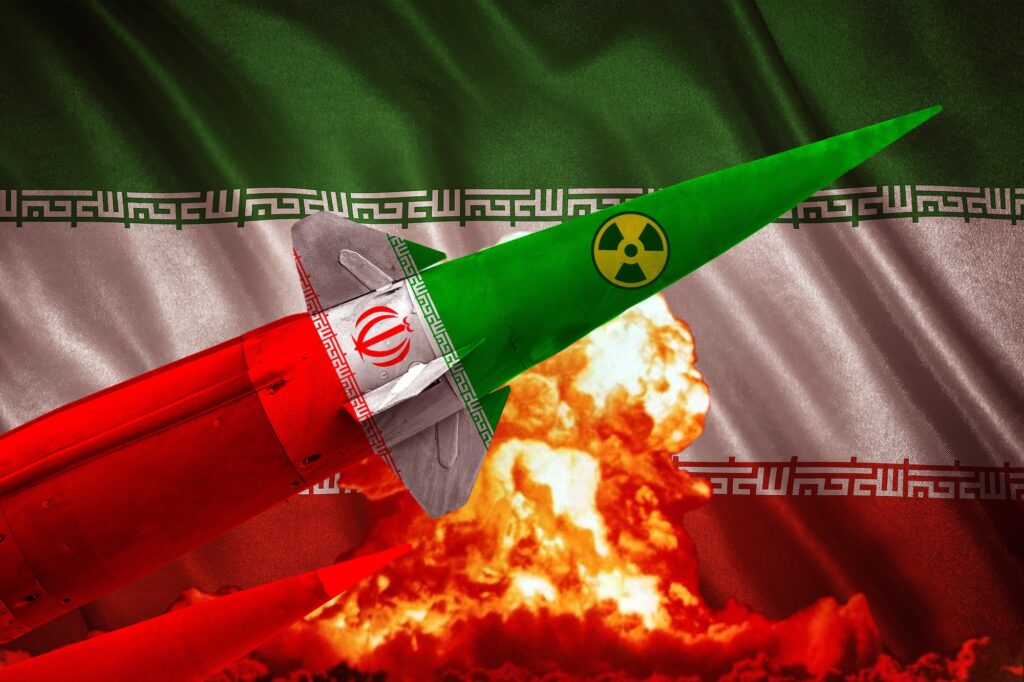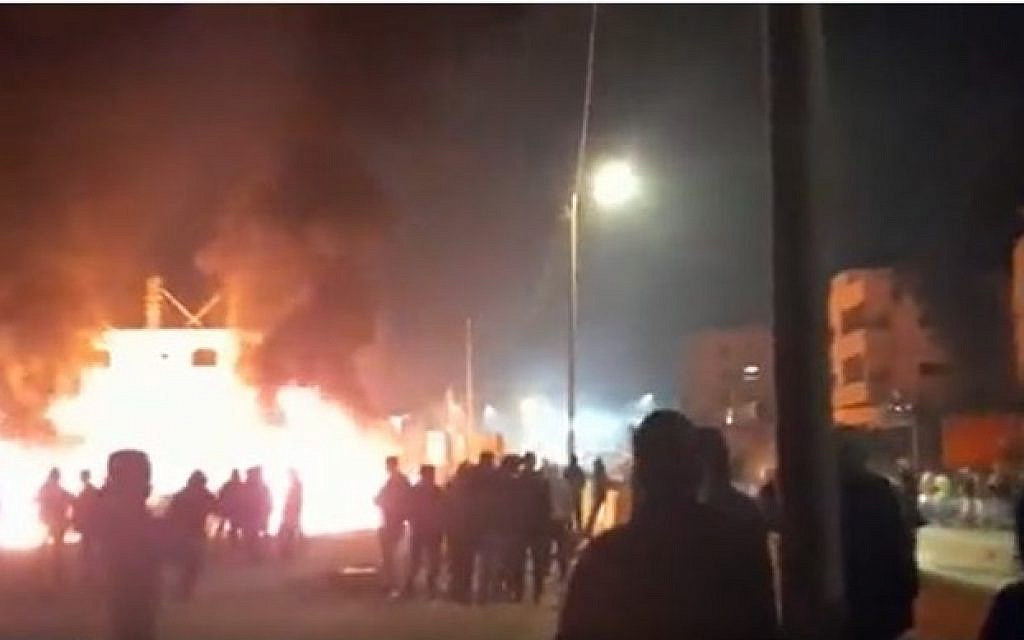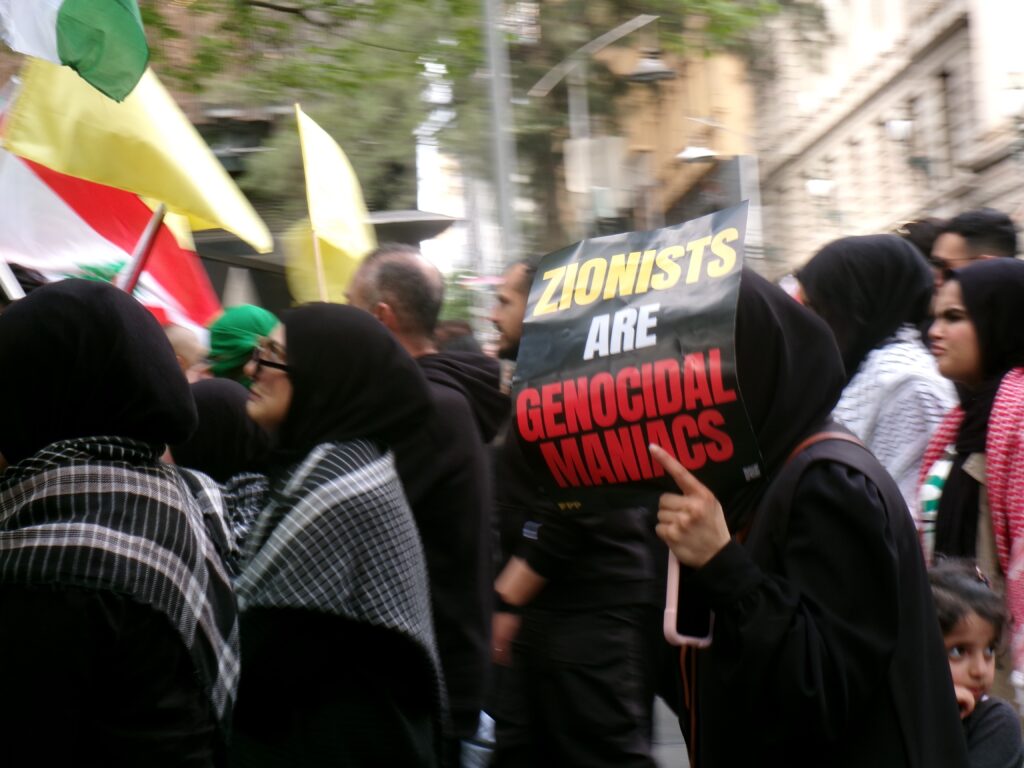UPDATES
Media Week – Unpromising
December 21, 2011 | Jamie Hyams
In recent “Media Week” columns, I have reviewed the first three episodes of the British/French drama, “The Promise”, shown on SBS TV. This series has been characterised throughout by rampant and crudely propagandistic political messages directed against Israel and Jews and selective, distorted portrayals of history, and it really hit its straps in the final episode (18/12).
An Israeli ex-soldier claims that in Hebron, soldiers are there solely to protect the settlers, not keep the peace, and “You can do literally anything you want to the Palestinians” including stealing from them and beating them to death. He also says that Israel “annexed the whole area” around Hebron after 1967, which is completely untrue.
The story moves back in time to Deir Yassin. In reality, Deir Yassin was a village in a crucial strategic position from which Arab fighters were able to attack any Jewish convoy to besieged Jerusalem. After a ferocious battle between Jewish and Arab fighters on April 9, 1948, in which the Jewish attackers suffered 41 casualties including 4 dead, the Jews took the village and, to protect the route to Jerusalem, began evacuating it. However after some Arab fighters reportedly pretended to surrender and then opened fire, some Jewish fighters began to attack both fighters and civilians indiscriminately.
According to a study by Bir Zeit University, a total of 120 Arabs died in the events of that day, of whom at least 13 were “fighters”. Subsequently, Arab leaders created a propaganda myth that it was simply a massacre of unarmed civilians, and vastly exaggerated the scale of what occurred.
The series took up this myth with gusto, first of all moving Deir Yassin to the Haifa area for narrative convenience, thereby robbing it of strategic significance. The Jews are shown lining unarmed civilians up and massacring them, going from house to house throwing grenades, shooting the inhabitants and looting goods, all the while encountering no resistance from the Arabs.
In the present Gaza, a character encounters more examples of Israeli brutality, such as using a child as a human shield, and blowing up civilian houses. The series ends with British mandate soldier Len writing in his diary, “But what about the Jews and their bloody state for which they fought so hard? Three years ago I’d have said give them whatever they want… Now I’m not so sure. This precious state of theirs has been born in violence and in cruelty to its neighbours. I’m not sure how they can hope to thrive.”
And that is the warped message of the whole propaganda exercise, while the parallels to the present day are meant to indicate that Israel is still a country characterised by “violence” and “cruelty.” Highlighting this message, the series shows dozens of Arab civilians and British soldiers killed by Jews. No Jew was shown killed by Arabs during the mandate period. Meanwhile, the 1917 Balfour declaration, the Arab rejection of the UN partition plan as well as Israel’s many efforts to make peace with its neighbours didn’t warrant a mention in the more than six-hour running time.
At least, unlike the broadcasts in Britain and France, SBS did preface the second, third and fourth episodes of “The Promise” with notices informing viewers it is a work of fiction. The second episode was prefaced with the partially inaccurate claim “This program is a work of fiction inspired by a true story.” Recognising the inaccuracy of the claim that it was “inspired by a true story”, subsequent episodes were prefaced by the notice: “This is a drama inspired by the accounts of British soldiers who served in Palestine.”
Jamie Hyams
Tags: Israel





